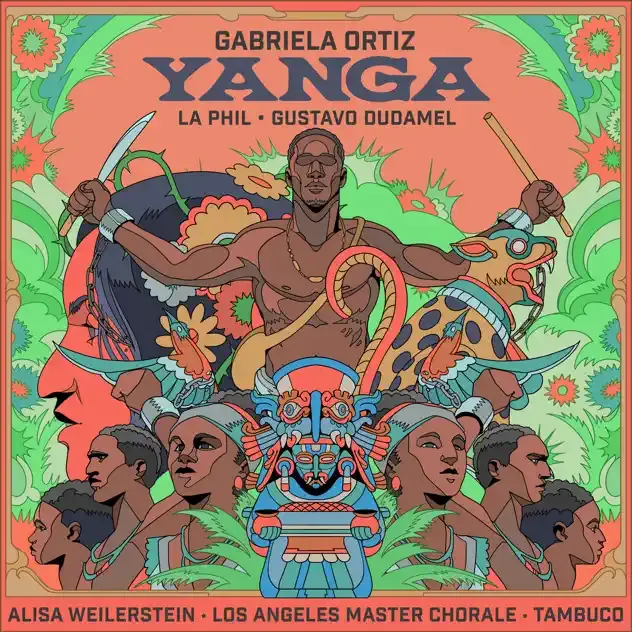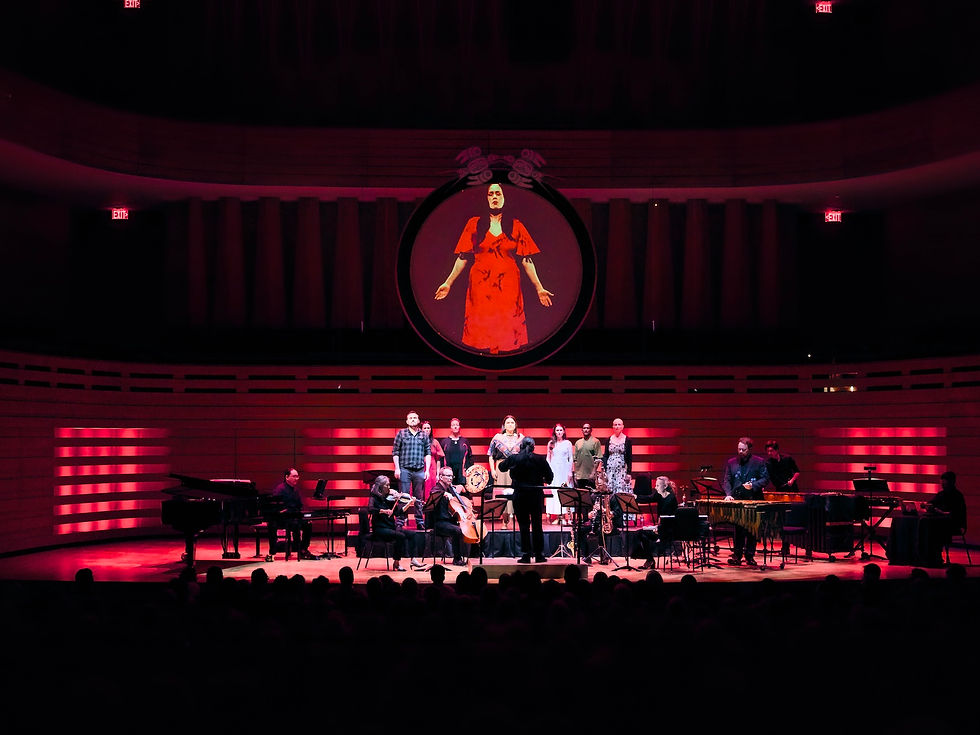Louise Bessette's new album released on Analekta!
- Dorothée Jourdain
- Nov 1, 2021
- 3 min read

Louise Bessette's new album "A Piano around the World – Port of Call: Curaçao", presenting the music of Wim Statius Muller, is now available on all streaming platforms!
Download/stream the album here.
About the album
*text from Analekta
Born in Curaçao in the Netherlands Antilles, pianist and composer Wim Statius Muller (1930–2019) shares, along with Charles Ives, the strange fortune of having studied composition at a prestigious school before turning to an entirely different profession. After spending much of his life selling insurance, Ives was ultimately recognized as one of the United States’ most original composers. In the case of Muller, who came to be known as “the Chopin of Curaçao,” after a few short years teaching piano at Ohio State University, he spent just over 30 years in various security and counter-espionage organizations! Both musicians also shared an attraction for popular music and great freedom of scope in their compositional styles, since their decision to work as amateurs did not limit them to any particular aesthetic.
Like much of Curaçao’s music, Wim Statius Muller’s works owe a great deal to Frédéric Chopin, whose scores were brought to this island off the coast of Venezuela between Aruba and Bonaire by composer Jules François Blasini (1847–1886). Chopin’s music soon inspired local musicians to compose a “Caribbean mazurka,” which was long the national dance of Curaçao and in some ways marked the birth of classical music in the Netherlands Antilles. This in fluenced a long line of composers, including Jan Gerard Palm (1831–1906), Joseph Sickman Corsen (1853–1911) and Jacobo Palm (1887–1982), Muller’s first piano teacher, to whom he dedicated the waltz Shon Coco (Op. 2, No. 2). Other in fluences apparent in Muller’s music are the Trinidadian calypso, whose rhythm spread throughout the Eastern Caribbean. Muller also admitted to a fondness for Cuban rumba, which he used “maybe as an acknowledgement of the debt all Antilleans owe to Cuba, for the enrichment of their musical traditions” (Muller, preface to Antillean Dances). However, during the 25 years he spent away from his native island to work in the Netherlands or Belgium, it was the rhythms he heard in his youth that he recalled, those of the waltz, the tumba and the danza (which is a more “presentable” version). One of his most popular pieces, Nostalgia (Op. 2, No. 22), was written “on a dreary, rainy day in Holland, when sunny Curaçao was sorely missed.”
Although for the most part Wim Statius Muller’s music is based on folk dance rhythms, it is nevertheless garbed in the ne attire of concert music, with the waltzes and other dance tunes by “the Chopin of Curaçao” being no less effective than those composed by the Chopin of Warsaw. Might the cultural duality theory developed by author Jan Brokken1 to explain the attachment of Curaçaoans to Chopin’s music, in which Chopin’s bipartite culture is a re ection of the islanders’ own, also apply to Louise Bessette? While Chopin was torn between French and Polish cultures, and the inhabitants of Curaçao are divided between those of the West Indies and the Netherlands, Bessette also has feet in two different worlds, one set in the contemporary music of Giacinto Scelsi, Olivier Messiaen, or Walter Boudreau, the other dancing to music based on popular tunes that inspired Astor Piazzolla, Robert Berkman, and Isaac Albeniz. For both composers and performers, it almost takes an alchemist to forge a natural connection between “great music” and that of the people. Muller achieved this in his music, and Louise Bessette serves him magnificently. It was the U.S. musician David Dubal, having had the good fortune to study with Muller during the few years he taught at Ohio State University, who convinced Muller to record some of his music, the 24 pieces of opus 2, in 1984. Dubal also urged Muller to have his scores published in 1998 by International Music Co. under the title Antillean Dances. On this album, Louise Bessette has recorded all 22 pieces from the collection. She is the first to do so. In Muller’s performances of his own music, he allowed himself to alter certain rhythms, improvise, and slip in a few “blue notes,” as is, of course, the composer’s privilege. But it is the extraordinary musician Louise Bessette who gives these dances the “royal treatment,” offering precise and exceptionally clear performances.







Comments